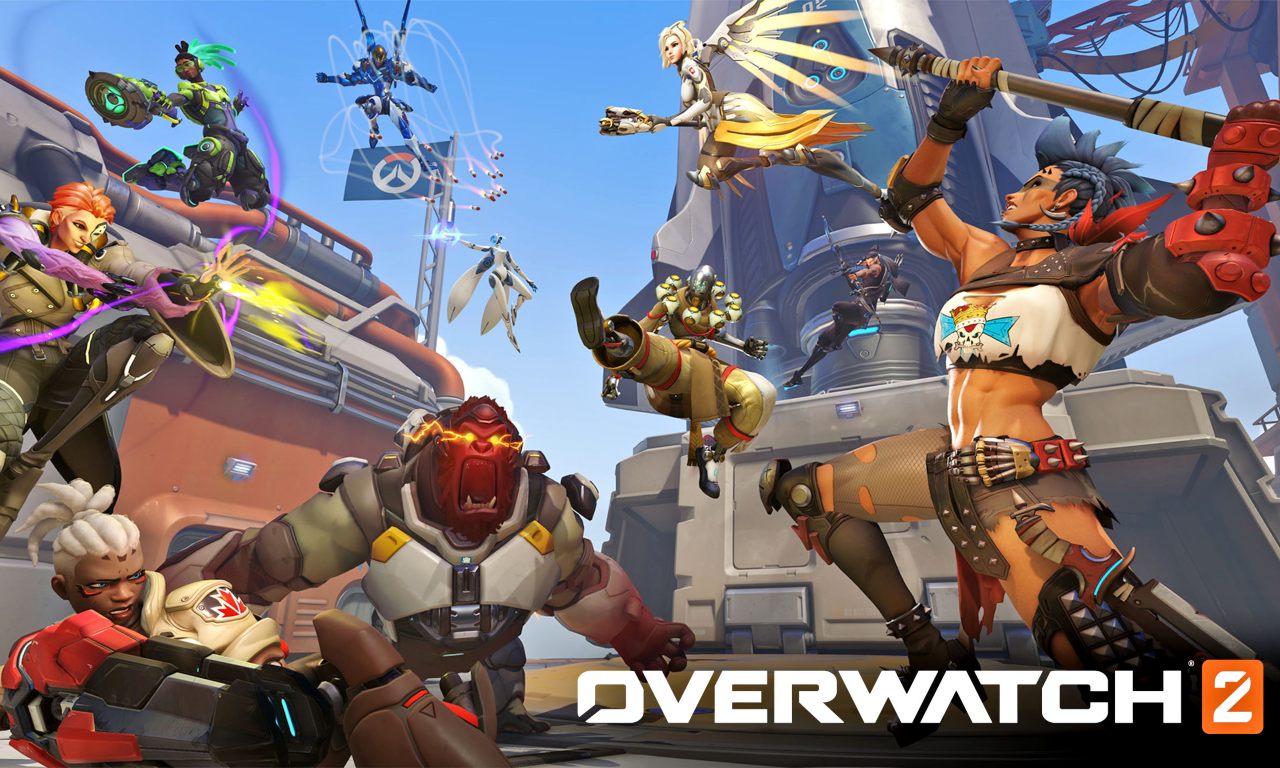Blizzard Entertainment’s hero shooter Overwatch has entered a delicate period of its life cycle. Overwatch is still struggling to reach the previous levels of success. As its popularity waned, the devs knew that something would have to be done to satisfy the diehard fans. Overwatch 2 is doing its best to kill the legacy of the original.
Even while the base game has still maintained some of its presence despite its many wounds, Blizzard must contend with increasing competing pressures. This sequel overreaches in its attempt to be better than its predecessor by spreading layers of ambiguity rather than excavating down to the thrilling first-person shooter at its core. Overwatch 2 has very few breakdowns. The stakes are greater, the action faster, and the dialogue is wittier and much more frequent. My time in Overwatch 2 has convinced me that it’s the franchise-killing, that was desperately required, though with some limitations at the outset.
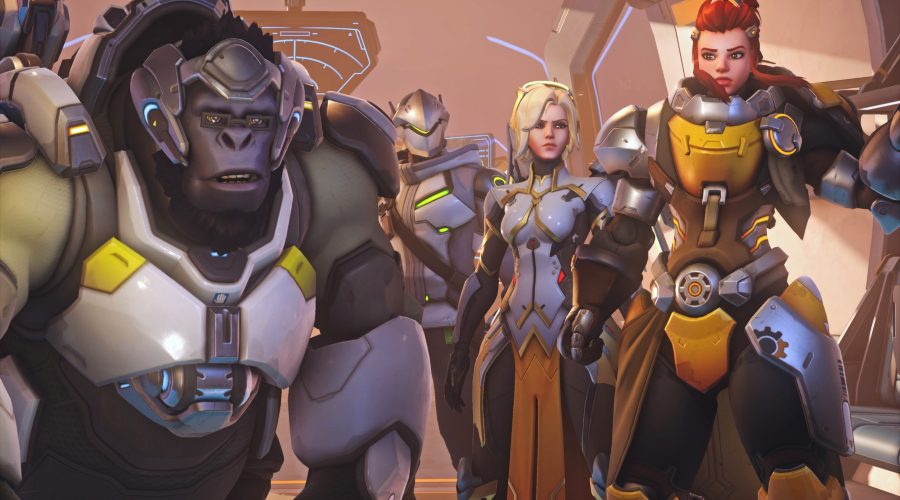
Since Overwatch 2 is free, the real question is how much of these developments upgrade it. The developers have made some upgrades, but they aren’t broadly applicable. To be clear, I do not intend to come across as critical; the first Overwatch is one of the most enjoyable games I have played so far. To sum up, even a tier below that remains a fantastic experience. That means that Blizzard has placed an exceptionally high standard on its own.
Since it doesn’t radically change the formula, Overwatch 2 is still centered on the same thrilling shooter game mechanics of the original game’s massive success. Its 35 playable heroes are uniquely designed and look different to regulate, and the game still conveys elegance. Everyone’s firearms maintain their satisfying weight and balance, and the approval of their sound effects and a minor graphical splendor heighten the thrilling experience of conflict. Sojourn, one of the latest Overwatch 2’s heroes, leads the pack. She is a Damage specialist who excels at clustering moves together, such as turning knee tumbles into high jumps or transforming her rifle fire into power for her backup railgun. The Tank is the sole hero not represented here.
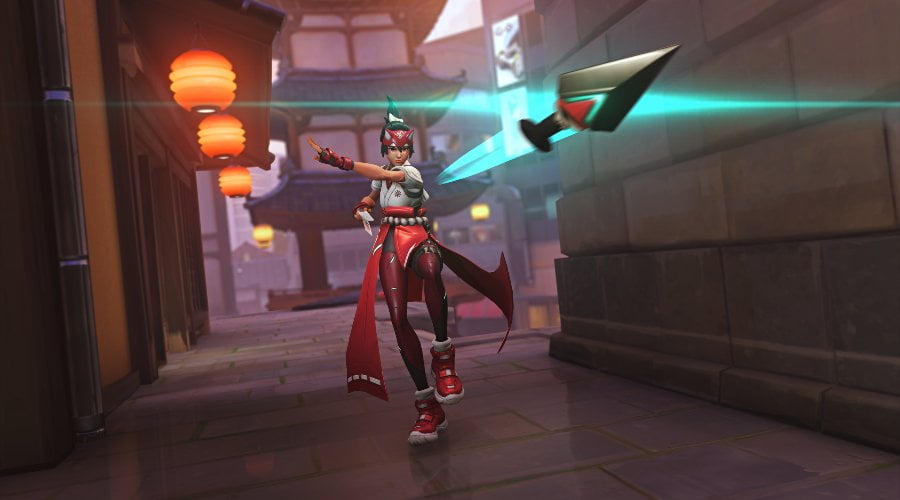
In Overwatch 2, you’re gonna have to pay for a chunk of the new characters and items. But if you’re here for only modes and maps, you’re in luck—these come free of charge. If you don’t already have the standard edition, prepare yourself for about 100 matches before unlocking most of the game’s 32 heroes cast. It’s a lot, but there’s a method behind the grind. Many free-to-play games set up these hurdles to keep seasoned players from constantly creating new profiles and dominating for kicks. And honestly, Overwatch players know all too well how that’d ruin a match. The downside is that these limits might mess with hero-switching and counter-picking, two things that made Overwatch’s tactics shine in the first place.
No other game quite balances joy and heartbreak like Overwatch. One minute, you celebrate a strategic comeback; the next, you’re in agony as a teammate stands just inches from the objective instead of capturing it. That emotional rollercoaster was the heart and soul of the franchise. But as time passed, updates got sparse, and the once-vibrant game lost its luster, turning into a dry arena that didn’t quite have the thrill it used to. Thankfully, the updates in Overwatch 2 act like a jolt of caffeine straight to the system, coming with a fresh boost to Blizzard’s top FPS and reigniting the spark.
Push is the new game mode introduced in the second installment that cranks up the stakes. In Push, your team has to race to the center of the map, where a robot and two barriers await. Take control of Robby, and he’ll start moving toward the opposing team’s wall. Whichever team manages to push the robot the farthest by the end of the match takes the crown. Every match I played felt like a mini tug-of-war, with control flipping back and forth in a frenzy that kept me on edge. If you’re looking for high-stakes action, Overwatch 2 delivers—and then some.
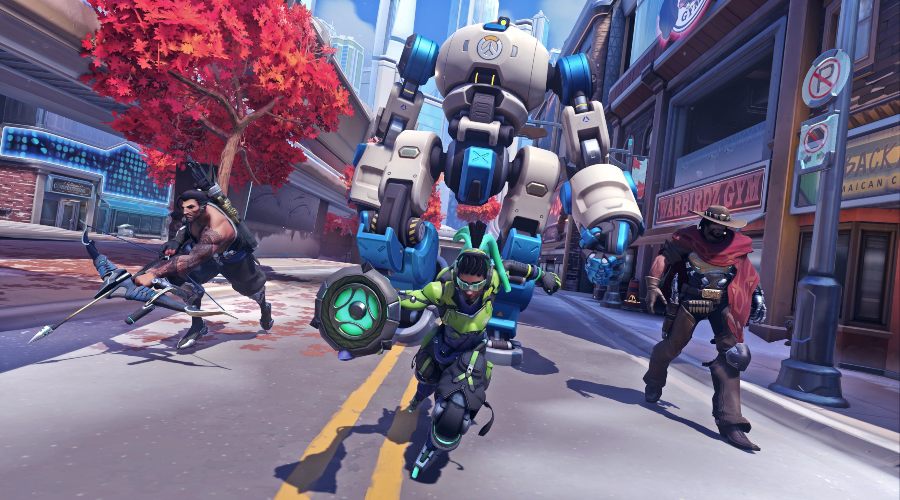
One of the biggest shakeups is the 5v5 combat. With one fewer tank and a rebalancing of crowd control abilities, matches seem faster and more streamlined. Damage heroes receive a temporary boost to speed and reload after each kill, while tanks have been reworked to be the indestructible forces without relying solely on shields. Supports now have a self-healing passive ability to keep them sturdy, and some, like Zenyatta, have fun new moves. The 5v5 setup means that each team now fields two damage dealers, two support characters, and one tank. It somehow brings strategy to the forefront as you only get one of the ten tank heroes per match.
In the original game, tanks came in two types: main tanks such as Winston and Reinhardt, and off-tanks like Zarya and Roadhog, more offense-minded. With Overwatch 2, those distinctions blur. Now, all tanks step up to the main stage with an equal share of the spotlight, which ups the strategic ante for every player in a match.
Some fans say this shift to 5v5 places a stronger focus on raw aim skill, which might be tough on casual players. With stuns toned down and the number of tanks reduced, the skill curve is steeper. But on the flip side, it also opens up a chance for more exciting, active gameplay. With fewer shields and stuns to hide behind, you’re more engaged and have a bigger role to play. This results in matches electrifyingly unpredictable. So, for me? The change is worth it.
So, we’re in free-to-play territory, which brings us to one of the hottest gaming debates: the battle pass. Overwatch 2 ditches loot boxes in favor of a battle pass system split into nine-week seasons. There’s a free version, but to get the premium perks, you’ll have to shell out around $10 for 1,000 Overwatch Coins cost. On one hand, I’m not the biggest fan of loot boxes because they capitalize on players’ propensity to “roll the dice” for whatever rewards they desire. But I’m also not convinced on the battle-pass front. Sure, Blizzard says all heroes will be unlockable for free, but premium pass players will get instant access to each season’s new hero, while free players need to grind up to Tier 55. Fair or not, you be the judge.
At the end of the day, the game gives fans a familiar yet revamped playground, injecting new energy while keeping the core mechanics we fell in love with. Whether you’re a day-one player or a fresh recruit, there’s plenty here to sink your teeth into. Be ready for the grind if you don’t want to spend money.
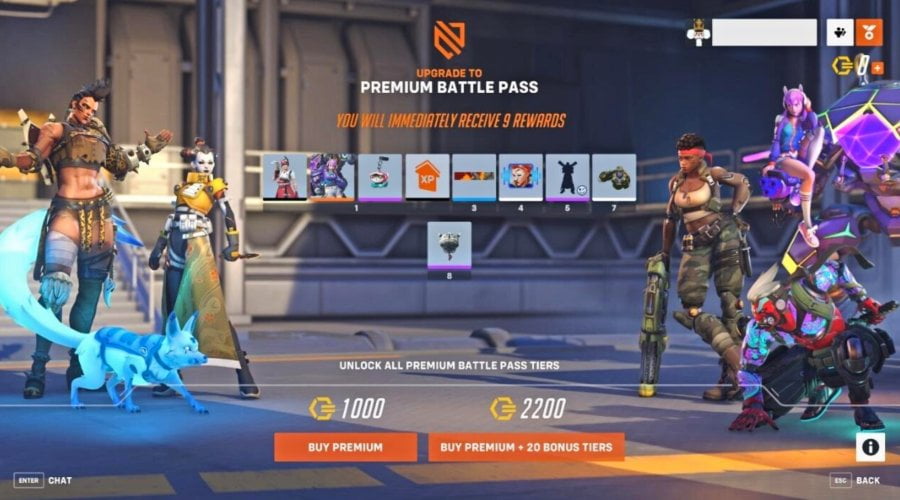
There have also been improvements to the overall game with Overwatch 2 like a ping system for instant communication and a new and updated leaderboard that shows the lobby’s Kill/Death ratio, damage dealt, health restored, and damage avoided. Use these to get your team focused or find out where things are going wrong.
With the benefit of hindsight and 6 years of development Overwatch 2 could expand its brilliant, team-focused fights to include even more players who want to play the types of heroes that most other games completely ignore. But for now, it’s buried under the foundation to turn it into a free-to-play game that copies the style of its big siblings and has a transparent paywall.
Overwatch 2 is a good multiplayer experience with good hero vs hero gameplay. The problem is it doesn’t stand on its own as a standalone spinoff. While the core mechanics are improved, they’re held back by too many variables. Since it’s a live service and will update based on player feedback, Blizzard has a good foundation to build on. Overwatch 2 has a lot going for it, and the addictive gameplay elements that made the classic beloved are back and better than ever in the battle arena.

